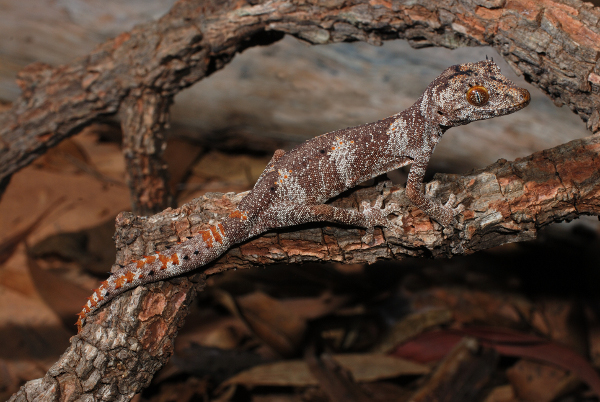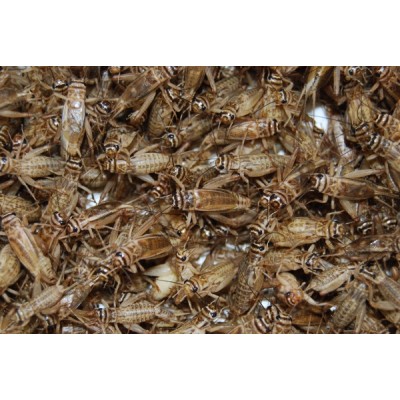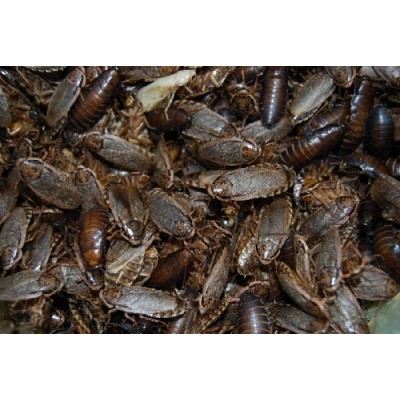Northern Spiny-tailed Gecko (Caresheet)

CAPTIVE HUSBANDRY
The Northern Spiny-tailed Gecko's (Strophurus ciliaris ciliaris) are an excellent group of species for inexperienced keepers. Being predominantly arboreal in habit so the enclosure should contain a network of twiggy branches that the lizards will use by night when they are active and during the day as resting spots. With a maximum length of around 15-16cm, spiny-tails are less robust in body shape than the velvet geckos of similar length. This elongate design enables them to sleep on branches apparently exposed but remaining undetected by blending into their environment. This habit perhaps suggests that ultraviolet light may be important to these geckos with their daily exposure to these rays developing a dependency on the light’s ability to produce vitamin D3 when it is absorbed by the skin. Consequently, it may be beneficial to these geckos to provide an artificial source of ultraviolet light although they have been successfully maintained for long periods without access to such light. Like most other geckos, spiny-tails are not fussy about their food requirements with most arthropod prey being accepted without hesitation. They have surprisingly large mouths for their slim build and can therefore consume relatively large food items. They do not have great heat requirements so a small low wattage bulb in the top corner of the enclosure is adequate with a hot spot of about 32°C. Spray the enclosure liberally with water 2-3 times per week letting it dry out between sprayingas these geckos prefer to drink from droplets rather than a water bowl, although it is a good idea to provide a permanent water source as well. They are very tolerant of cold temperatures in winter, even down to single figures but it is probably still a good idea to supply a little heat during the day.
CAPTIVE BREEDING
All of the geckos in the spiny-tail group are very productive during the breeding season. If food is supplied in large quantities to juveniles it is possible that they may breed in their first year, although this is not recommended. Once mature, females may lay 6-8 clutches in a single season without any major loss of condition provided the food supply is maintained. Eggs will be laid wherever there is a moist area in the enclosure, so try to keep the enclosure completely dry except for the designated laying site, the regular spraying of the enclosure will provide most of the lizard's moisture needs. A small plastic container of moist sphagnum moss with a hole cut into the top or side will serve as the egg laying site. Eggs will hatch in 55-60 days at 28-29°C and females will laying clutches of two eggs every 3-5 weeks over the breeding season.
- All images property of Gunther Schmida & Rob Porter
OpenCart Maintenance
© Copyright 2001-2025 Livefoods Unlimited - All Rights Reserved
Tel: 0400464505 - livefoods@outlook.com - A.B.N 37 960 709 736


